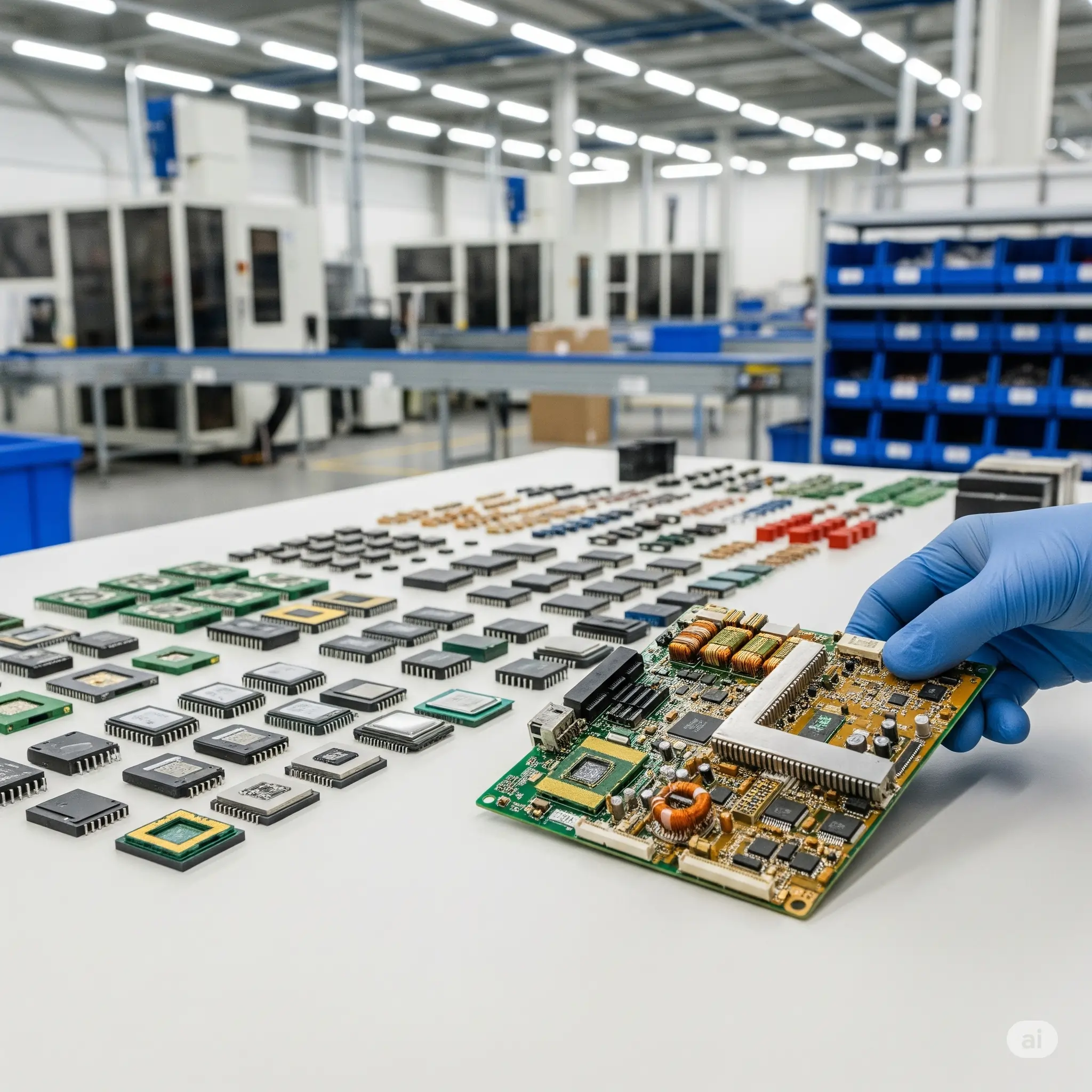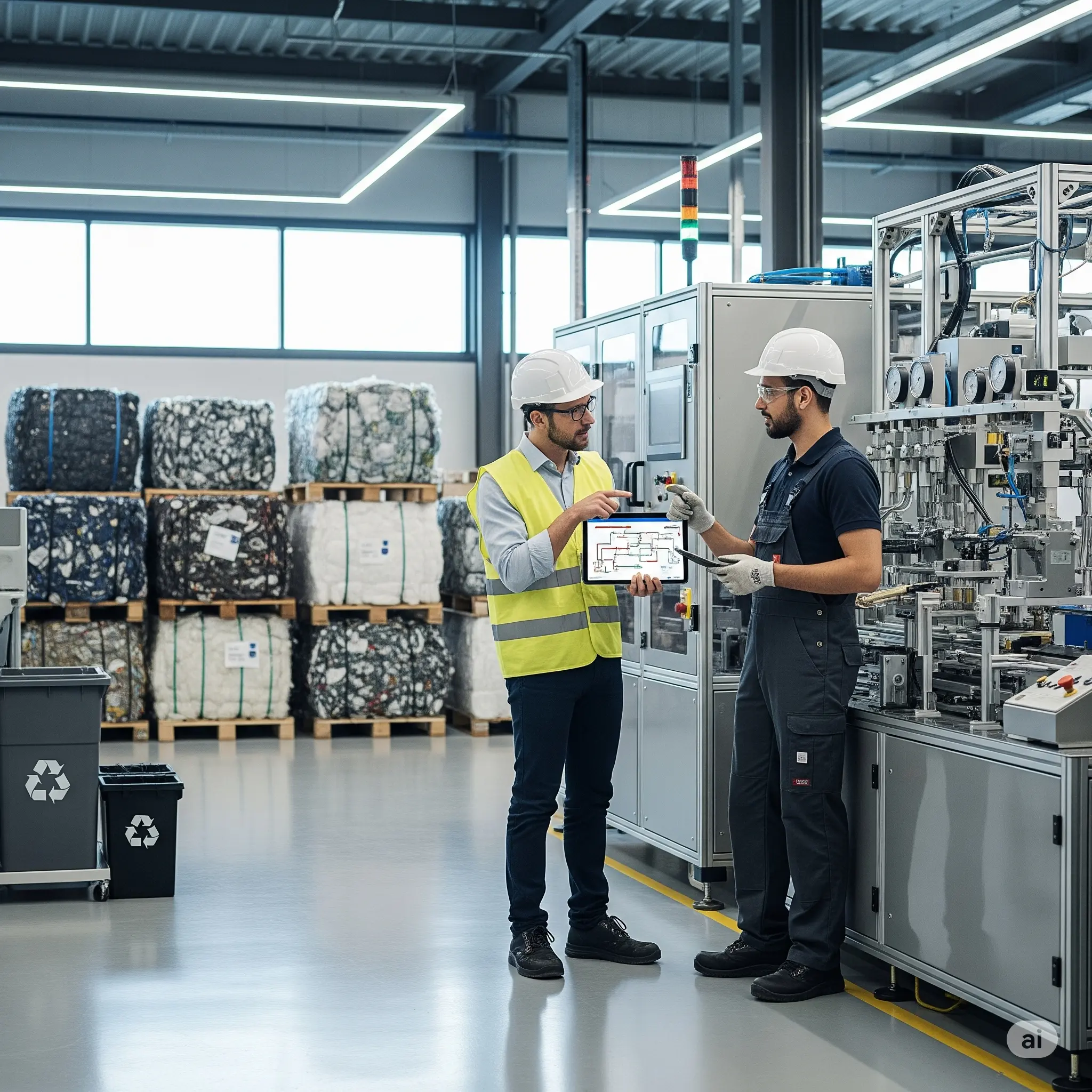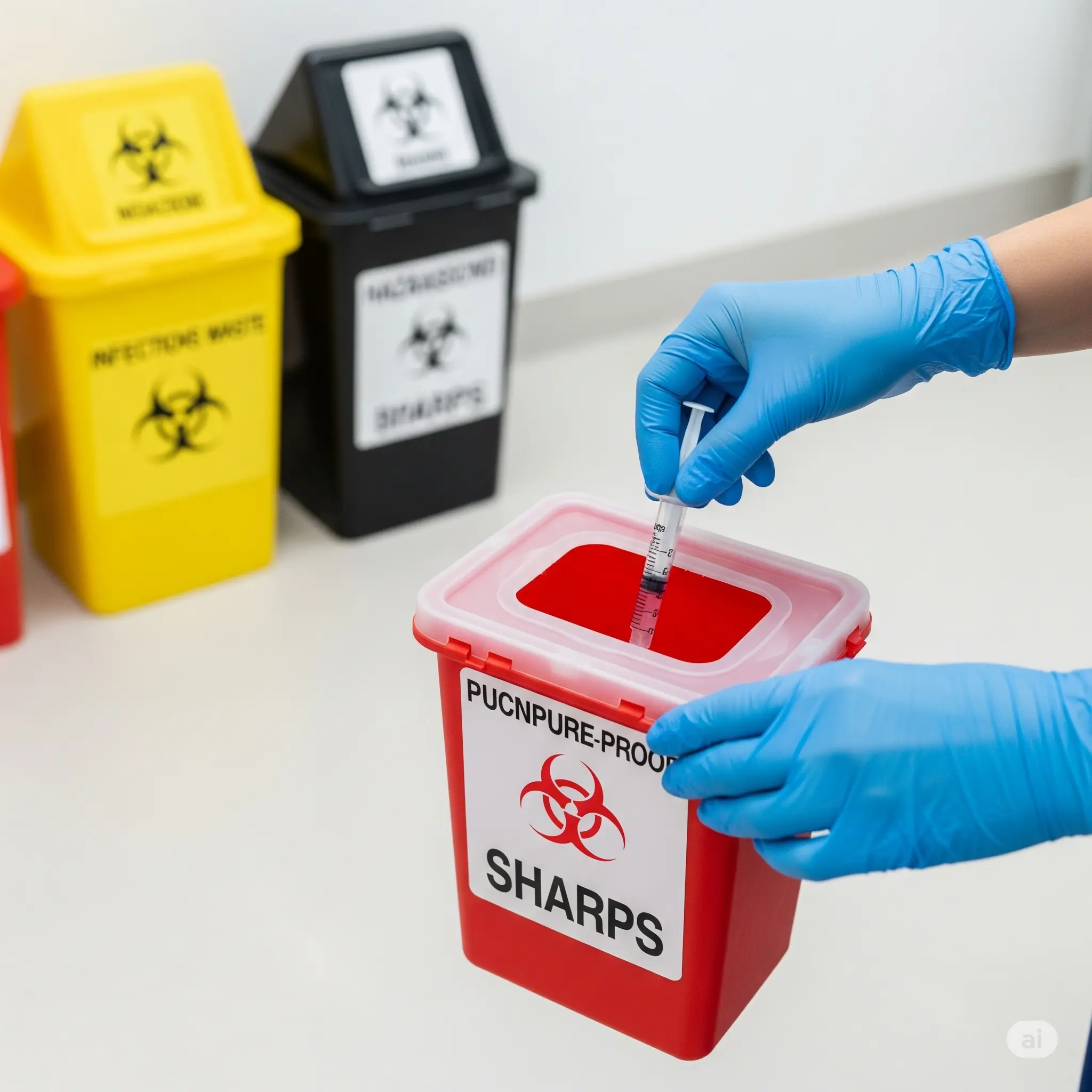Electronic waste, or e-waste, is one of the fastest-growing waste streams in the world. As businesses constantly upgrade their technology, the responsible disposal of old computers and servers has become a major challenge. Therefore, staying on top of the latest e-waste management trends is essential for both data security and environmental compliance.
This guide explores the key trends every business should be aware of.
Trend 1: The Critical Importance of Data Security
First, one of the biggest risks with e-waste is data security. Discarded hard drives, servers, and even office printers can still contain sensitive corporate or customer information. As a result, modern e-waste management is no longer just about disposal; it’s about secure and certified data destruction.
Leading companies now offer comprehensive data sanitization services. This can include using specialized software to wipe data to international standards, or physically shredding hard drives and other storage media to ensure information can never be recovered. When choosing a partner, always ask about their data destruction certification process. For more information on this, organizations like the International Secure Information Governance & Management Association (i-SIGMA) set global standards.
Trend 2: “Urban Mining” and Precious Metal Recovery
Second, e-waste is a surprisingly rich source of valuable materials. Old circuit boards contain valuable precious metals like gold, silver, copper, and palladium. The trend of “urban mining” focuses on efficiently and safely extracting these metals from discarded electronics.
Consequently, this reduces the need for traditional, environmentally damaging mining operations and creates a valuable secondary source of raw materials. This is a core principle of the circular economy and one of the most important e-waste management trends today. It transforms what was once considered “waste” into a valuable resource.
Trend 3: A Growing Focus on Regulatory Compliance
Finally, governments worldwide are implementing stricter regulations for e-waste. In Malaysia, e-waste is classified as scheduled waste (SW 110) under the Department of Environment (DOE). This means businesses have a legal responsibility to ensure their e-waste is handled and processed only by licensed facilities.
This trend emphasizes the need for a transparent chain of custody, complete with e-Consignment notes, to prove that your company’s e-waste was managed responsibly from collection to final disposal.
As your business manages its technology lifecycle, it’s crucial to partner with a waste management company that understands these trends and can provide secure, compliant, and sustainable solutions for your e-waste.




